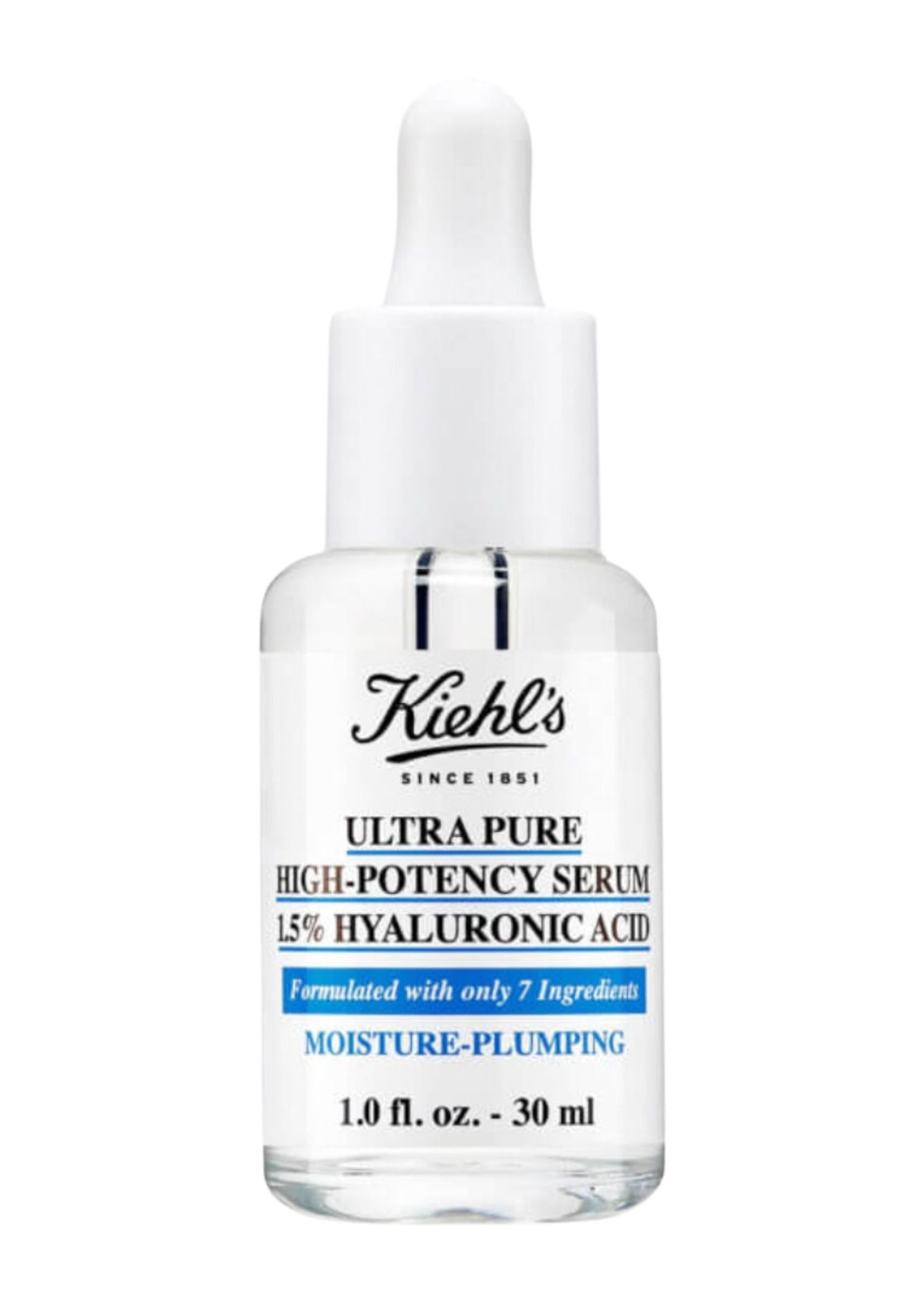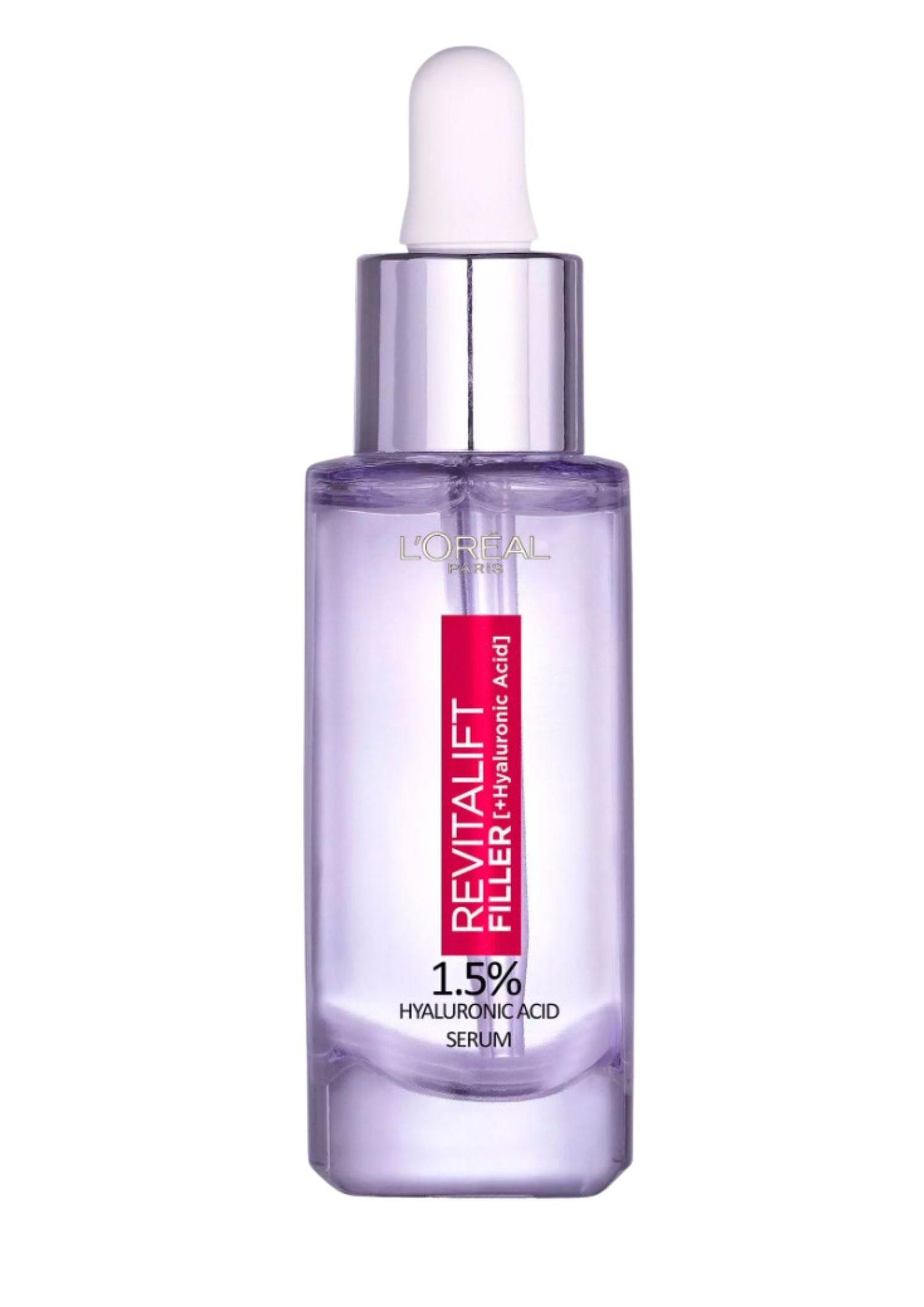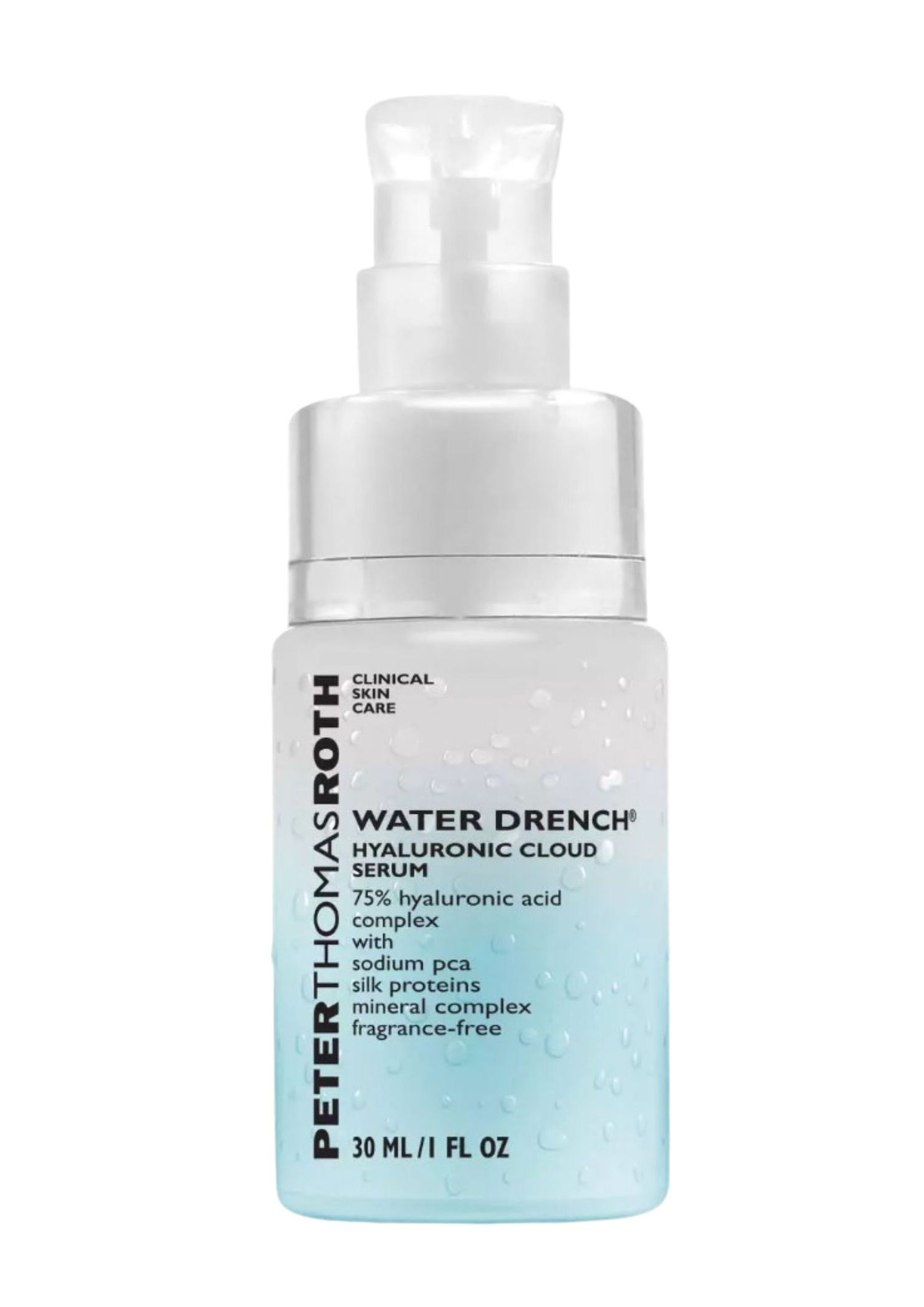No ingredient has a hold on the skincare market quite like hyaluronic acid. These days, you’d be hard-pressed to find a product that doesn’t have it in its formulation. But what is hyaluronic acid exactly? And why is it so commonly used?
All products featured on Vogue Scandinavia are independently selected by our editors. However, when you buy something through our retail links, we may earn an affiliate commission.
As the ingredient is known to “hold 1000 times its weight in water,” it’s many people’s go-to for dealing with our top skin concerns. From dryness to smoothing out the appearance of wrinkles, hyaluronic acid does a lot to keep our skin looking and feeling healthy. But don’t just take our word for it. Below, the experts break down everything you need to know about this do-it-all ingredient. Read on to see what makes hyaluronic acid such a staple in skincare.
What Is Hyaluronic Acid?
As Dr. David Shafer, MD, FACS, double board-certified plastic surgeon and founder of the Shafer Clinic Fifth Avenue, explains it, hyaluronic acid (HA) is a naturally occurring molecule in our body that maintains our skin’s moisture balance and keeps it hydrated. Studies have shown that the molecule, which is also known as a type of complex sugar called glycosaminoglycans, has wound-healing properties and binds water to molecules to hold that moisture in our epidermis. As we age, our natural HA levels decrease and lead to ageing and dry skin, but they can be supplemented in several ways.
Hyaluronic Acid in Skincare Products
Hyaluronic acid is one of the most—if not the most—popular skincare ingredients. Just like the molecule found naturally in our skin, HA found in topical products is a known humectant that helps restore lost moisture. It attracts water molecules to hydrate and plump skin, making it a go-to when wanting to take care of skin health or address signs of skin ageing.
Hyaluronic Acid in Food
Yes, you can find hyaluronic acid in food. Michelle Henry, MD, a New York City-based board-certified dermatologist, explains that it is a complex sugar and can be found in many animal-based foods like milk, fish, and poultry. Shereene Idriss, MD, board-certified dermatologist and founder of Idriss Dermatology in New York City, adds that certain foods, such as collagen-rich bone broth, can help support your body’s production of hyaluronic acid and help maintain healthy skin.
The Benefits of Hyaluronic Acid
Hyaluronic acid’s main benefit when used in topical products is skin hydration, which Dr. Henry explains will lead to the skin having a healthy, strong, and well-functioning skin barrier. It can also contribute to the skin’s plumpness and elasticity and help reduce the appearance of fine lines.
Filler has similar hydrating properties while also adding volume and firmness to sagging and ageing skin. Dr. Shafer adds that filler can also be reversible if you’re unhappy with the results. Practitioners use an enzyme called Hyaluronidase to break down and metabolize the HA and dissolve the filler that was injected. “This is the only category of filler that has an effective antidote,” he says. “It’s a game changer and an important safety consideration.”
The Possible Side Effects
There are a few downsides to using hyaluronic acid topically. Henry says that it is usually well-tolerated for most skin types, and it can play well with other ingredients in a skincare routine. But Idriss cautions against using products that tout low molecular weight hyaluronic acid in too many steps of your routine, as it can cause inflammation and irritation. She even recommends opting for other ingredients that have similar benefits. And if you’ve experienced an allergic reaction to the ingredient, then it’s best to avoid it altogether.
“Hyaluronic acid is not the latest and greatest hydrating ingredient on the market as it’s made out to be,” she says. “The fact of the matter is there are far better hydrating ingredients (like glycerin) that are not in the spotlight as much and therefore not sought out by consumers like HA is. Because of the popularity of hyaluronic acid, it is in almost every other product on the market.”
How to Use Hyaluronic Acid in Your Skincare Routine
Because hyaluronic acid is a very common skincare ingredient, it’s fairly easy to incorporate a hyaluronic acid product into your regimen. Henry recommends high concentration serum, like the Kiehl's Ultra Pure High-Potency 1.5% Hyaluronic Acid Serum, to give your skin needed hydration. Serums like the CeraVe Hydrating Hyaluronic Acid Serum also has nourishing ingredients such as ceramides, peptides, and niacinamide to boost your skin’s moisture levels and help fortify the skin barrier.
When looking at formulations, she says it’s important that HA is paired with an occlusive component to help lock in the hydration. For added hydrating benefits, you can apply a rich cream or lotion at night to lock in moisture overnight.
Idriss recommends limiting hyaluronic acid products in your routine and keeping the ingredient to one to two products max in your overall skincare routine to avoid irritation. “You don’t need it in every step of your routine and you especially don’t need a dedicated single-ingredient HA serum,” she says. “Given the majority of products on the market have HA, there’s no reason to seek out how much to include in your routine as chances are it’s already in there.”






